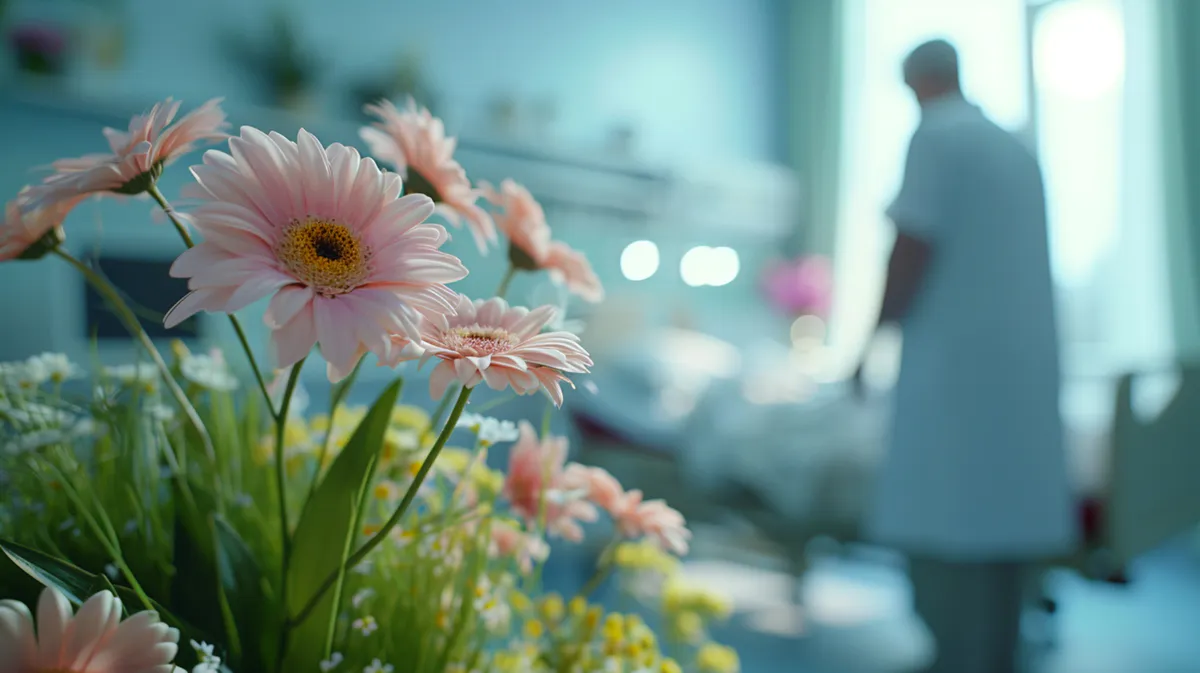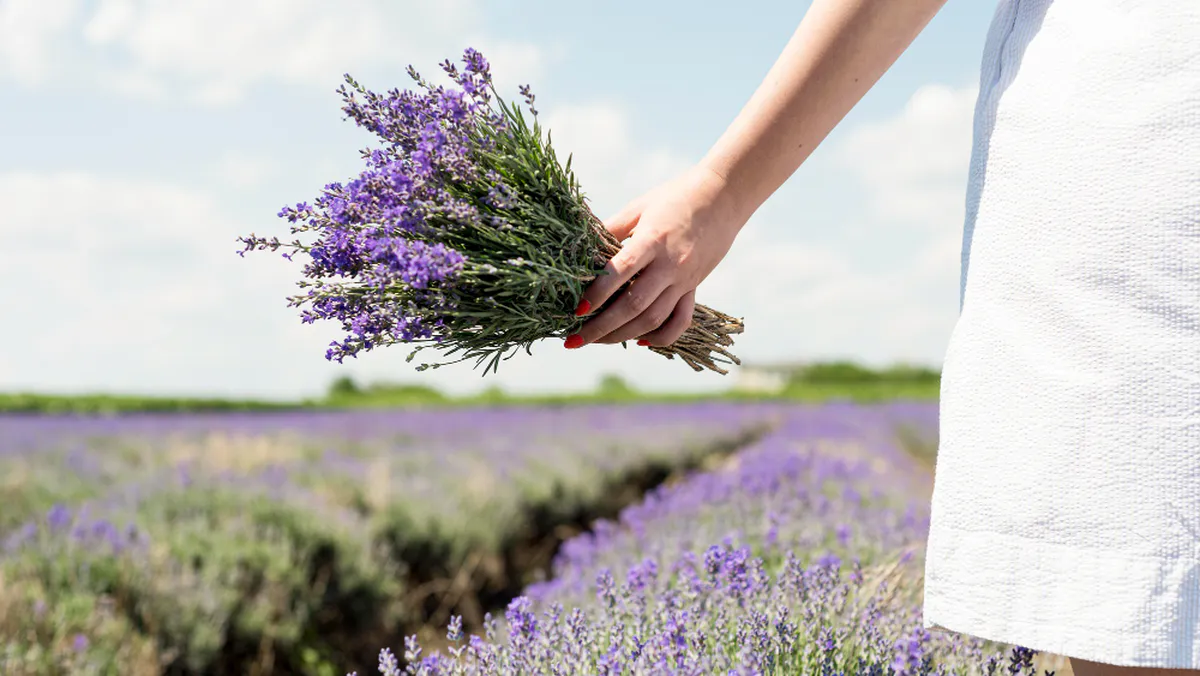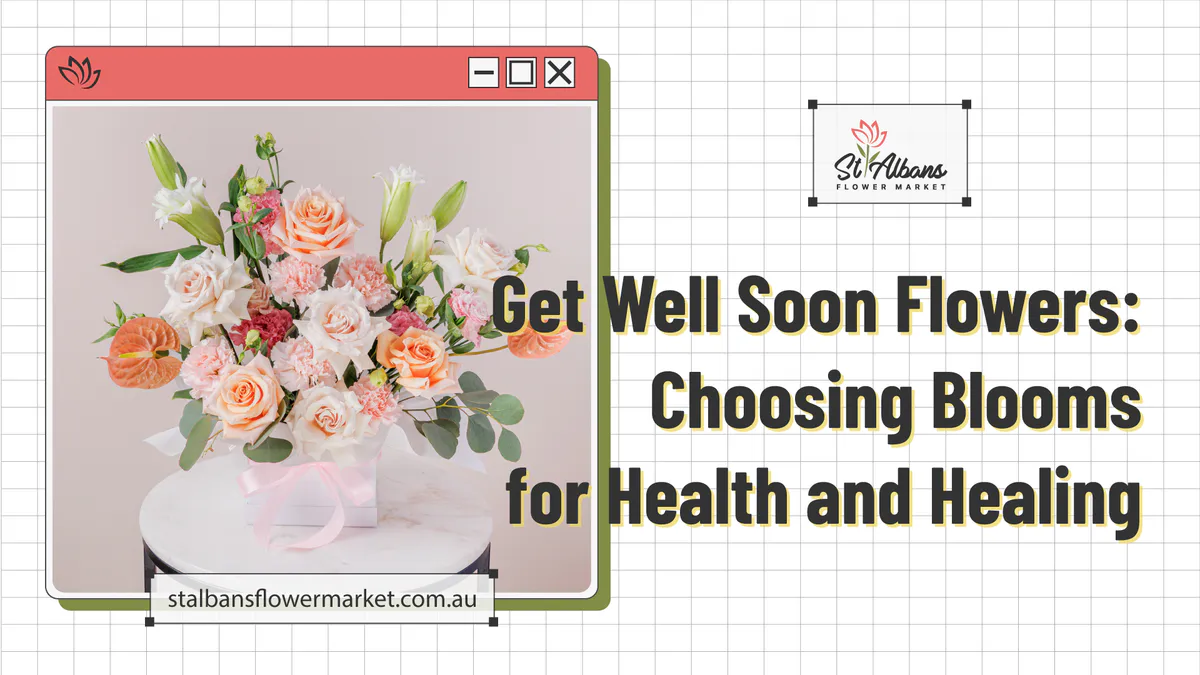How to, Flower Facts
Get Well Soon Flowers: Choosing Blooms for Health and Healing
Flowers have a remarkable ability to brighten up even the dreariest of places, including hospitals. Sending the right flowers to someone in the hospital can lift their spirits and aid in their recovery. You might be wondering which flowers are best suited for this purpose and how to ensure your gesture is both thoughtful and appropriate. This article will guide you through selecting the perfect get well soon flowers, considering hospital policies, and the cultural significance of different blooms. Understanding these nuances is crucial in making your gift both comforting and impactful.
The Healing Power of Flowers:
Studies show that flowers have a positive effect on mental well-being and can accelerate recovery. For instance, a study by Rutgers University found that flowers have an immediate impact on happiness and a long-term positive effect on moods. Receiving flowers can reduce anxiety, depression, and even pain. Personal stories and testimonials also highlight how flowers have provided comfort and hope during difficult times, making them a perfect gift for someone in the hospital. Reference resource:
- An Environmental Approach to Positive Emotion: Flowers
- Effects of Flowering and Foliage Plants in Hospital Rooms on Patients Recovering from Abdominal Surgery

Scientific Evidence on the Benefits of Flowers:
Numerous studies support the idea that flowers contribute to improved mental and physical health. According to research conducted by the American Society for Horticultural Science, patients with flowers in their hospital rooms required less postoperative pain medication, had lower blood pressure and heart rate, and felt less anxious and fatigued compared to those without flowers. These findings suggest that flowers can play a vital role in the healing process, making them an ideal get well soon gift.
Psychological Impact of Flowers:
The sight and scent of flowers can trigger positive emotions and memories, providing a sense of comfort and familiarity. Flowers like sunflowers, with their bright yellow petals, can evoke feelings of happiness and cheerfulness. The soothing fragrance of lavender can help reduce stress and promote relaxation. By choosing the right flowers, you can create a healing environment that supports the patient’s emotional well-being.
Choosing the Right Flowers for Health and Healing:
Selecting the right flowers can make a significant difference. Here are some popular choices and their meanings:
- Roses: Often associated with love and care, roses can convey warmth and affection. Yellow roses are especially suitable for expressing joy and friendship, while white roses symbolize purity and peace.
- Lilies: Known for their elegance and calming effect, lilies are a great choice for promoting peace and tranquility. White lilies are particularly associated with healing.
- Sunflowers: Bright and cheerful, sunflowers can bring a ray of sunshine into a hospital room. They symbolize happiness, positivity, and strength.
- Carnations: These long-lasting flowers are resilient and symbolize love and good luck. Pink carnations, in particular, convey gratitude and care.
Detailed Flower Selection:
- Roses: Available in various colors, each with its own meaning. Red roses symbolize love and passion, yellow roses represent joy and friendship, and white roses signify purity and peace. For a get well soon bouquet, consider using a mix of yellow and white roses to convey happiness and serenity.
- Lilies: These elegant flowers are known for their large, fragrant blooms. White lilies are often associated with purity and peace, making them an excellent choice for promoting a sense of calm and tranquility. Pink lilies can symbolize admiration and compassion, adding a touch of warmth to the arrangement.
- Sunflowers: With their bright yellow petals and large size, sunflowers can instantly lift the mood of any room. They are often associated with happiness, positivity, and strength, making them a perfect choice for someone recovering from an illness or surgery.
- Carnations: Known for their long-lasting blooms, carnations are available in a variety of colors. Pink carnations symbolize gratitude and admiration, while red carnations represent love and affection. Their resilience makes them a suitable choice for a hospital environment where fresh flowers might not be replaced frequently.
Flowers with Special Healing Properties:
Lavender is renowned for its calming and soothing properties
Some flowers are believed to have special healing properties that can enhance the recovery process. Incorporating these flowers into your get well soon bouquet can provide additional benefits to the recipient.
- Lavender: Its soothing scent can help reduce stress and promote relaxation, making it a thoughtful addition to any floral arrangement.
- Eucalyptus: Known for its respiratory benefits, eucalyptus can help in breathing better and feeling more relaxed.
- Chamomile: Symbolizing rest and recuperation, chamomile flowers can provide a sense of calm and healing.
Lavender:
Lavender is renowned for its calming and soothing properties. The scent of lavender can help reduce anxiety and stress, promote relaxation, and improve sleep quality. Including lavender in a get well soon bouquet can provide the recipient with a sense of calm and tranquility, aiding in their overall recovery.
Eucalyptus:
Eucalyptus leaves are often used for their medicinal properties, particularly for respiratory health. The aroma of eucalyptus can help clear nasal passages, making it easier to breathe. Including eucalyptus in a flower arrangement can provide both aesthetic and health benefits, contributing to the recipient’s well-being.
Chamomile:
Chamomile is widely known for its calming effects and is often used in teas to promote relaxation and sleep. In flower form, chamomile symbolizes rest and recuperation. Including chamomile in a bouquet can provide a sense of calm and comfort to the recipient, supporting their healing process.
Practical Tips for Sending Get Well Soon Flowers:
When sending flowers to a hospital, there are several practical considerations:
Hospital Policies and Restrictions:
Always check the hospital’s policies regarding flower deliveries. Some hospitals have restrictions due to allergies or infection control. It’s important to ensure that the flowers you send are permitted and appropriate for the recipient’s environment.
Choosing the Right Arrangement:
Opt for compact, easy-to-maintain arrangements that won’t take up too much space. Choose vases or containers that are stable and won’t easily tip over. Consider using arrangements that are low in pollen to reduce the risk of allergic reactions.
Timing and Delivery:
Send flowers early in the day to ensure they arrive fresh and can be enjoyed throughout the day. Include a heartfelt message to personalize your gift. Coordinate with the hospital’s delivery guidelines to ensure timely arrival and placement of the flowers in the patient’s room.
Allergy-Friendly Options:
Consider selecting hypoallergenic flowers to avoid triggering any allergies in the hospital setting. Flowers like roses, carnations, and orchids are typically low in pollen and less likely to cause allergic reactions.

Cultural Considerations in Sending Get Well Soon Flowers:
Respecting cultural preferences and traditions is important. Different cultures have varying interpretations of flower symbolism. For example, in some Asian cultures, white flowers are associated with funerals and should be avoided in a hospital setting. Understanding these cultural nuances ensures that your gesture is appropriate and well-received. Read our article about: The Language of Flowers: A Guide to Flower Meanings in Australian Culture
Flower Symbolism in Different Cultures:
- Western Cultures: In Western cultures, flowers like roses and lilies are commonly used to express get well wishes. Yellow roses symbolize friendship and joy, while white lilies represent purity and peace.
- Asian Cultures: In many Asian cultures, white flowers are traditionally used for mourning and funerals. Instead, opt for brightly colored flowers like pink or red roses to convey good health and happiness.
- Middle Eastern Cultures: Flowers like tulips and carnations are often appreciated in Middle Eastern cultures. Tulips symbolize love and care, while carnations represent admiration and gratitude.
Personalizing Your Flower Choice:
Consider the recipient’s cultural background and preferences when selecting flowers. This thoughtful approach ensures that your gift is not only beautiful but also culturally sensitive and meaningful.
Care Tips for Get Well Soon Flowers:
To help the recipient maintain the freshness and beauty of their flowers, provide these simple care tips:
- Place the flowers in clean, fresh water as soon as possible.
- Trim the stems at an angle to improve water absorption.
- Change the water every few days and remove any wilted flowers to keep the arrangement looking fresh.
- Keep the flowers in a cool location, away from direct sunlight and drafts.
Maintaining Freshness:
Encourage the recipient to change the water daily and trim the stems every few days. This helps ensure that the flowers remain fresh and vibrant for as long as possible. Adding flower food to the water can also help extend the life of the arrangement.
Proper Placement:
Advise placing the flowers in a location where they can receive indirect sunlight and are away from any sources of heat or drafts. This will help maintain the flowers’ freshness and beauty.
Removing Wilted Flowers:
Encourage the recipient to remove any wilted or dead flowers from the arrangement. This not only keeps the bouquet looking fresh but also prevents the spread of bacteria that can shorten the lifespan of the remaining flowers.
Conclusion:
Choosing the right get well soon flowers can make a meaningful difference in someone’s recovery journey. By selecting thoughtful blooms and considering practical and cultural factors, you can bring comfort and joy to those in need. Let the healing power of flowers brighten someone’s hospital stay and support their path to recovery.
Whether you opt for roses to convey warmth and affection, lilies to promote peace and tranquility, or sunflowers to bring cheerfulness and positivity, your thoughtful gesture will be appreciated. Incorporating flowers with special healing properties like lavender, eucalyptus, and chamomile can provide additional benefits to the recipient.
Remember to consider hospital policies, choose appropriate arrangements, and respect cultural preferences when sending flowers. With the right care tips, the recipient can enjoy their beautiful bouquet for an extended period, providing ongoing comfort and happiness.
FAQs
What are the best flowers to send to someone in the hospital?
Popular options include roses, lilies, sunflowers, and carnations. These flowers are generally well-received and can convey warmth, comfort, and cheer.
Are there any flowers that should be avoided in a hospital setting?
Avoid highly fragrant or pollen-heavy flowers, as they can cause allergic reactions or discomfort. Consider allergy-friendly options and check the hospital’s guidelines.
How can I ensure my flower delivery complies with hospital policies?
Always check with the hospital about their flower delivery policies or asking your florist before sending a bouquet. Choose compact, easy-to-maintain arrangements and consider hypoallergenic flowers to avoid any issues.

